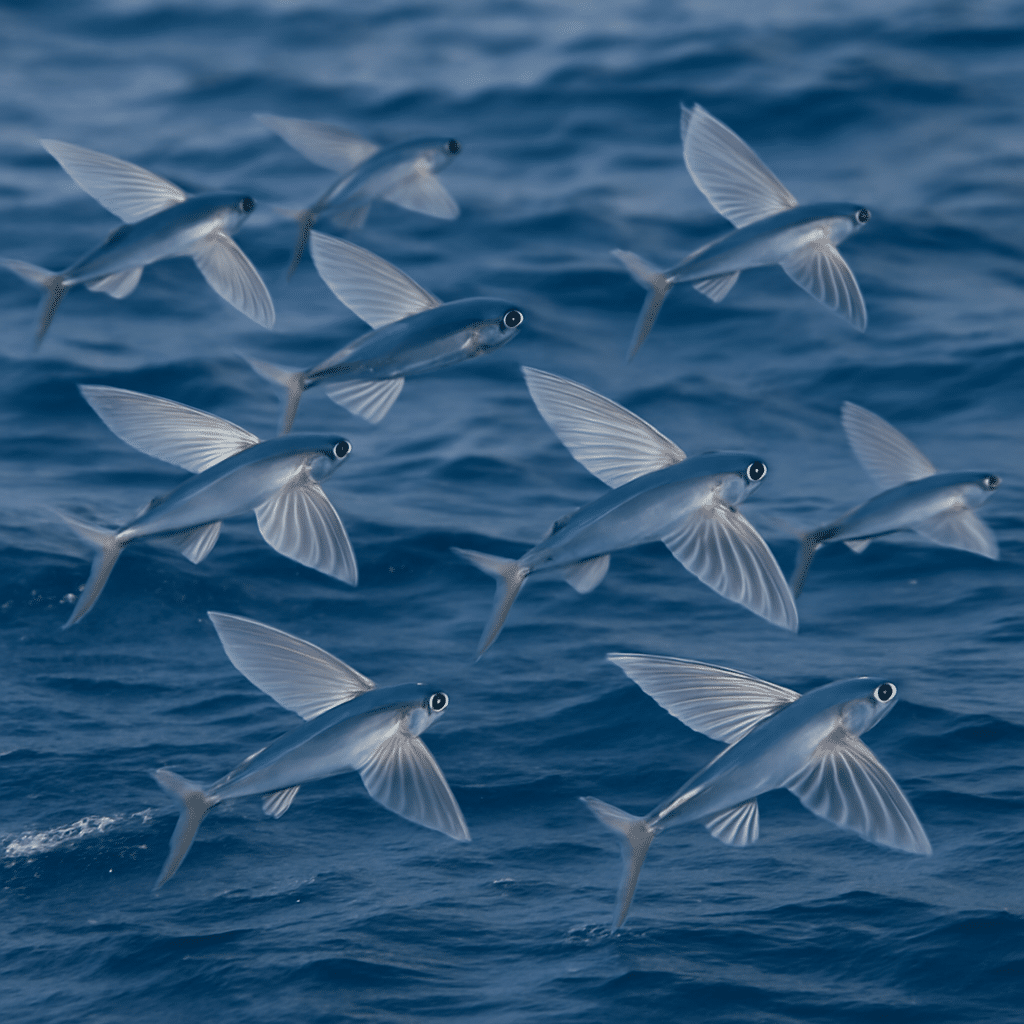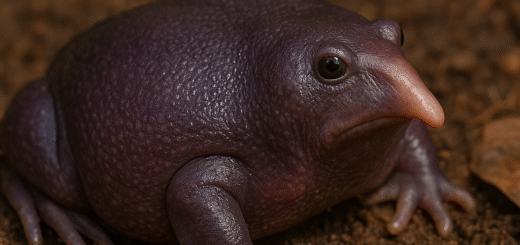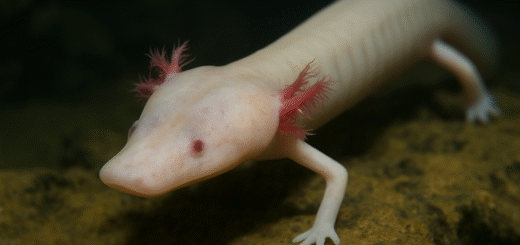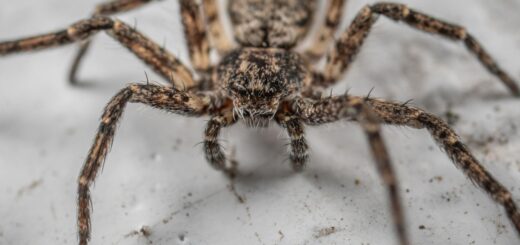Shoal-Flying Fish: Nature’s Incredible Aerial Athletes
Shoal-flying fish are one of nature’s most fascinating and unique species, known for their ability to leap out of the water and glide through the air. These remarkable creatures, belonging to the family Exocoetidae, are most commonly found in warm oceanic waters. With their specialized fins and aerodynamic bodies, shoal-flying fish have evolved to “fly” in a sense, using the air as a means of escaping predators and navigating across vast stretches of water.

But what makes these fish so special? In this article, we dive into the fascinating world of shoal-flying fish, exploring their unique characteristics, behavior, and why they continue to capture the imagination of scientists and nature enthusiasts alike.
What are Shoal-Flying Fish?
Shoal-flying fish are a group of species in the family Exocoetidae, which includes over 60 different types of flying fish. They are typically found in tropical and subtropical oceans, with the largest populations in the warm waters of the Atlantic, Pacific, and Indian Oceans. The term “shoal” refers to a group of fish, highlighting the social behavior of these animals. Unlike many species that swim alone, shoal-flying fish are often seen in large groups, or “shoals,” making their aerial feats even more impressive.
Characteristics of Shoal-Flying Fish
1. Gliding Mechanism
Shoal-flying fish are equipped with long, wing-like pectoral fins, which they use to leap out of the water and glide through the air. The fish build up speed by rapidly swimming near the water’s surface. Once they’ve reached an optimal speed, they break through the surface, stretching their fins outward to create lift, allowing them to glide for distances of up to 200 meters (660 feet). Their tail fins, which are usually forked, provide additional propulsion in the water.
2. Adaptations for Flight
Flying fish have evolved several physical traits to help them achieve their impressive flight. The elongated, wing-like pectoral fins allow them to spread out like wings, maximizing surface area and providing stability in the air. Additionally, their streamlined bodies reduce water resistance, enabling them to reach speeds necessary for takeoff.
3. Tail Structure
The tail fin of the shoal-flying fish is crucial to both their swimming and gliding abilities. It is forked, allowing for quick bursts of speed when propelling themselves from the water. The tail is also highly flexible, enabling rapid adjustments to their flight path once airborne.
Why Do Shoal-Flying Fish Fly?
The primary reason shoal-flying fish leap from the water is to escape predators, such as larger fish, birds, and marine mammals. Their ability to glide away from the water’s surface reduces the risk of being caught by a predator. Moreover, flying offers them a chance to cover longer distances without swimming continuously, conserving energy and reducing the threat of exhaustion.
In addition to evading predators, flying also aids in foraging. When food is scarce in one area, shoal-flying fish can glide to different spots, allowing them to explore wider expanses for food sources.
Behavior of Shoal-Flying Fish
Shoal-flying fish tend to live in schools, known as shoals. These schools consist of dozens, sometimes hundreds, of fish that often move together to avoid predators. Flying in groups adds an element of safety, as it confuses predators and makes it harder for any one fish to be singled out.
Flying fish often leap from the water in a series of successive jumps. The fish will repeatedly breach the surface, using their wings to glide over short distances before diving back into the water and launching themselves back into the air again. This sequence of “flights” is a display of agility and coordination, especially within large schools.
Environmental Significance
Shoal-flying fish play an important role in their ecosystems. As prey for many larger marine animals, they serve as a vital food source for birds, fish, and even some mammals. Their ability to escape predators also highlights the dynamic interplay of adaptation in the animal kingdom, where survival strategies evolve in response to environmental pressures.
Additionally, shoal-flying fish help in controlling the populations of smaller marine organisms, as they often feed on plankton, crustaceans, and other small fish. By regulating these populations, they contribute to the balance of the marine ecosystem.
Fascinating Facts About Shoal-Flying Fish
- Speed and Distance: Shoal-flying fish can reach speeds of up to 60 km/h (37 mph) when gliding, and they can travel distances of up to 200 meters (660 feet) with a single leap.
- Flight Duration: While they can remain airborne for several seconds, they rarely stay in the air for long periods, typically only gliding for a few seconds before returning to the water.
- Size Variations: These fish vary in size, with some species growing up to 40 cm (16 inches) long, though most are much smaller.
- Flying in Groups: When in a shoal, flying fish are more likely to perform synchronized flights, adding an element of teamwork and safety.
Conservation of Shoal-Flying Fish
Shoal-flying fish are not currently considered endangered, but their populations are influenced by human activities, such as overfishing and environmental pollution. Protecting marine habitats and preserving biodiversity in the oceans are crucial for the survival of these fascinating creatures. Conservation efforts focused on maintaining healthy marine ecosystems will benefit not only flying fish but the entire food chain within the oceans.
Conclusion
Shoal-flying fish are a prime example of the wonders of evolution, showcasing incredible adaptations that allow them to thrive in an ever-changing environment. Their ability to leap from the water and glide through the air is not only a defense mechanism but also a testament to the ingenuity of nature. Whether they are flying in large shoals or gliding gracefully above the water’s surface, these fish continue to capture the imaginations of people worldwide.








